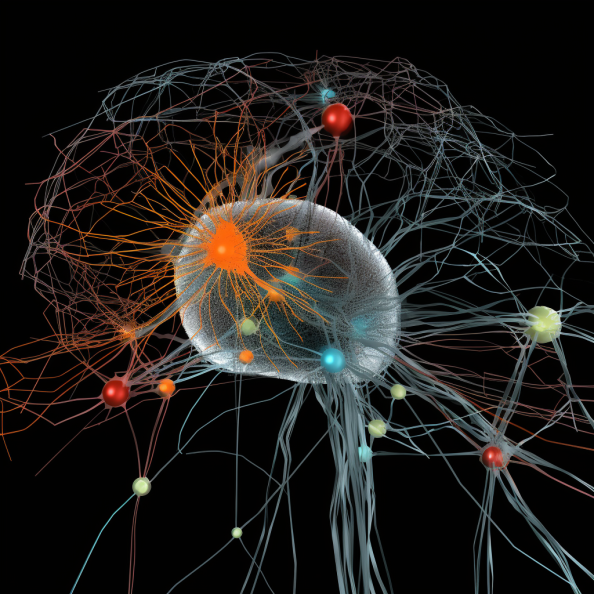
It’s not an unknown fact that humans are social creatures and social interaction is an integral part of everyday life. Even though some of them refer to themselves as introverts it is not possible to sustain one’s mind without a social belonging. Our thoughts, attitudes and behaviors are greatly influenced by our social interactions, from simple conversations to complex social hierarchies.
Researches have been going on to identify that which parts of brain mainly make up the factor for the facets of human social interaction. According to neuroscientific studies he prefrontal cortex, anterior cingulate cortex, and superior temporal sulcus are some of the organoids that make up the interactive social part of the brain and are majorly responsible for all them. So you know which part of your head to bang when you have public anxiety. This activation is believed to represent the person’s capacity for empathy and comprehension of the emotional states of others.
Understanding other people’s mental states, including their beliefs, goals, and intentions, is known as theory of mind. Several critical brain areas are involved with theory of mind, including the prefrontal cortex and superior temporal sulcus. According to studies, these areas become active when people are put in social situations when they must guess another person’s mental condition. The ability of comprehension of the ideas and feelings of others, which is essential for effective social interaction, is thought to be reflected in this activation.
The process through which people make decisions in their given social circumstances, such as when haggling with others or deciding whether to trust someone, is known as social decision-making. Two most important important brain areas that are heavily involved in social decision-making are the all mighty prefrontal cortex and anterior cingulate cortex. According to studies, these areas become active when people make judgements in social circumstances, and the individual’s prior social experiences might regulate this activation. This implies that social interactions can mould the brain pathways responsible for social decision-making.
Researchers have looked at the neurological underpinnings of social cognition and behaviour in addition to how social interactions might change the brain. Social events, such as social stress or solitude, have been demonstrated in studies to have a significant effect on the brain. For a fact, it has been shown that whenever a person goes through social stress there is an increase in the activity inside the amygdala, which is involved in the processing of unpleasant emotions, where as social isolation has been shown to even decrease the volume of the prefrontal cortex.
On the other hand, research has revealed that social interactions can benefit the brain. For instance, social support has been demonstrated to increase prefrontal cortex volume and decrease amygdala activity, which can improve emotional control and decision-making. Oxytocin, a hormone linked to social bonding and trust, has been demonstrated to rise when a person is given social support.
